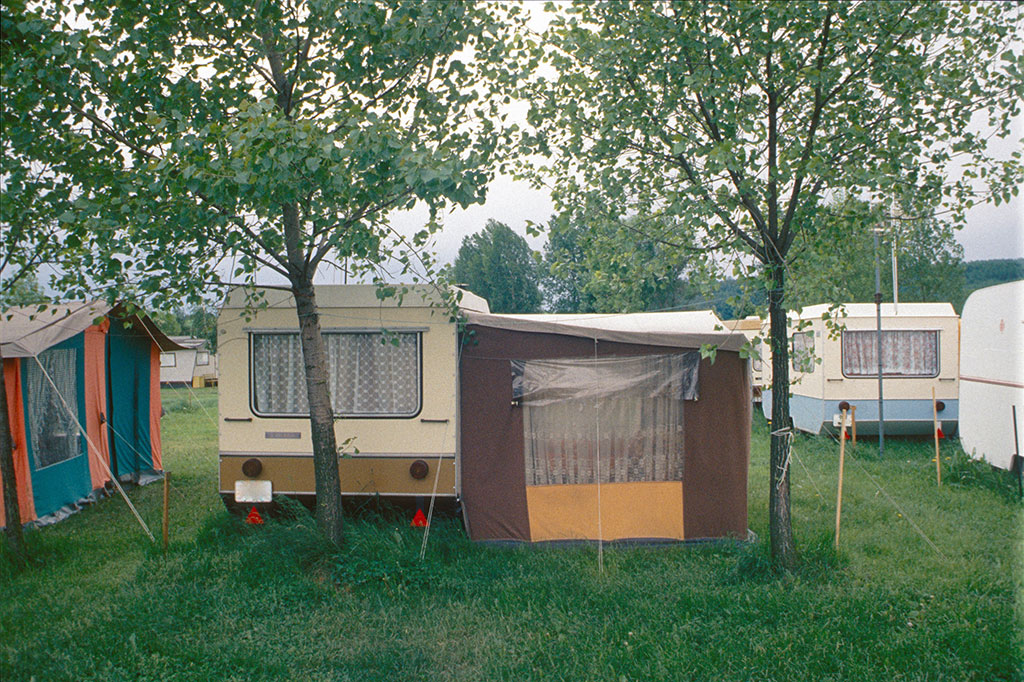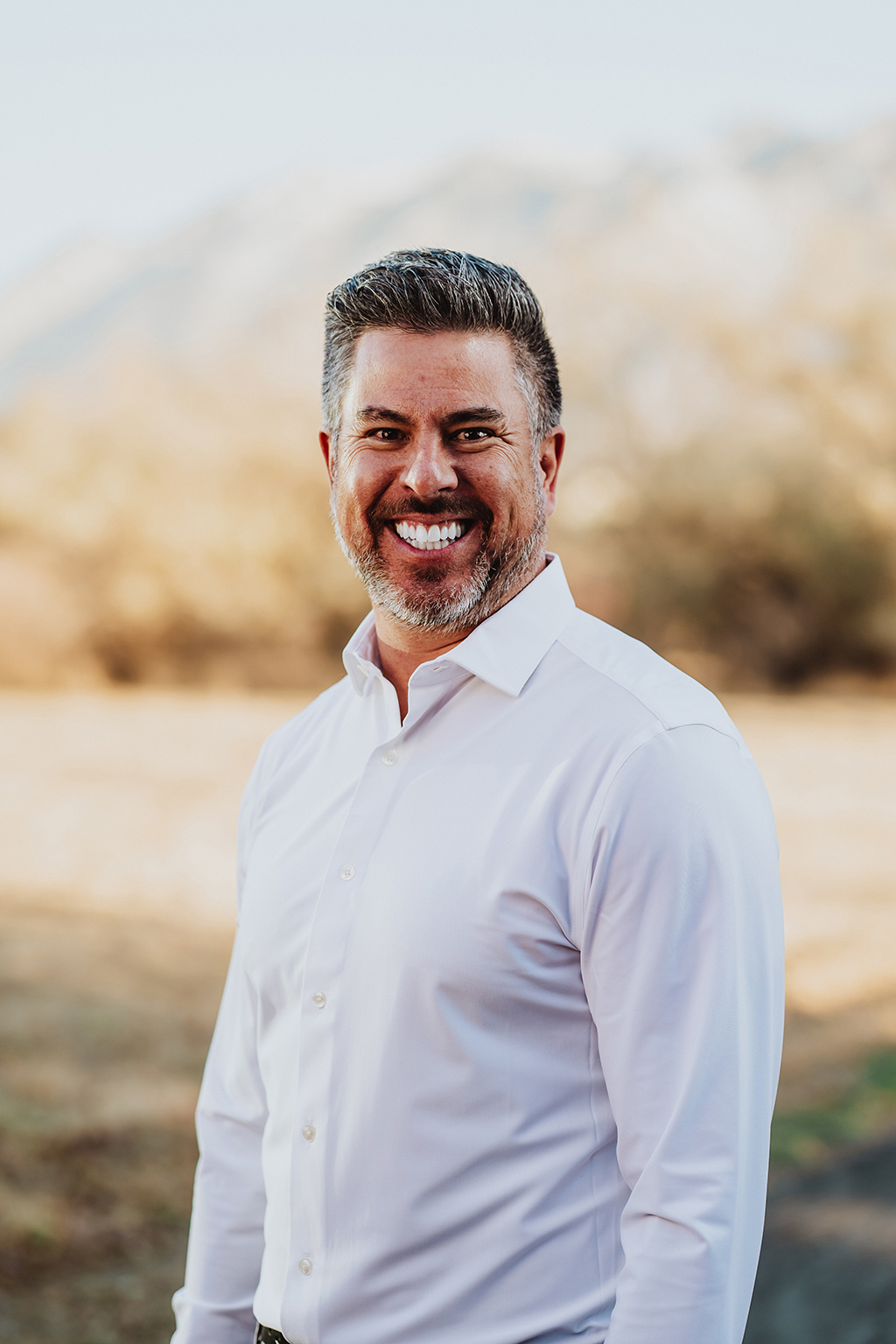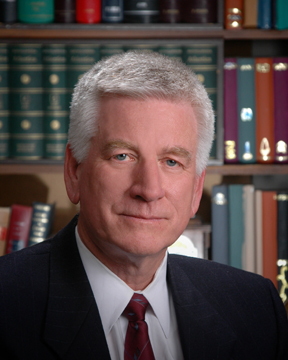Lightspeed has a long legacy of innovating and supporting dealers in the outdoor recreation industries. While so many have contributed to this legacy, we can trace some of Lightspeed’s earliest innovations and visions back to Hal Ethington, one of Lightspeed’s earliest and most influential contributors, who was a dealer himself.
He was also a visionary in how he saw the future of the industry, connected with dealers, and understood their needs and challenges. In this “Then and Now” series, we’re revisiting the most impactful articles that Hal wrote from the 2000s and pairing them with fresh insights from our Chief Sales Officer, Brian Bodine. To learn more about how Hal created Lightspeed, check out the introduction to this series here.
In this final edition, Hal and Brian cover how technology has changed in the industry over more than 50 years, how we can harness the power of it, but also what we can learn about the “old days”.

From Hal:
In 1972 there was no computer system available for motorcycle dealerships. Auto dealerships had it, but it cost a hundred grand or more, and was out of reach for any motorcycle dealership.
So, no computer system. That meant that all accounting was done with a #3 pencil and 13-column accounting paper. Or perhaps a legal size 4 column pad for journal entries. Parts invoices were listed, footed, and cross-footed by hand. You did it twice to prove your balances. If you didn’t get the same total, you started over. I had a permanent half-moon dent in the finger where my pencil lay.
Major Unit Deals were hand-calculated and handwritten. Contracts were handwritten, with payments interpolated from payment books you carried in your hip pocket next to a blue book. If the customer at pickup wanted to add something to the deal, he had to pay cash, or you gave it to him. It was just too hard to re-do the contract.
Repair orders were handwritten. Amounts were figured on electronic desk calculators that were just coming into use in the early 70’s. Four function hand held calculators were not available until the mid 1970’s and they cost $350 each. RO’s were extended and totaled by hand.
Part numbers were looked up in printed catalogs that stretched 5 feet or more left to right across a low table. They were dirty from years of use and gave only part number, cost, and MSRP. If you wanted to bump the price, you did it by hand or with a calculator. This had to be done in full view of the customer at the point of sale. You had no system showing parts on hand and had to walk the aisles to see if you had the part in stock. Your customer was left on hold or sitting at the counter.
To find a part not in stock, you called other dealers. They took the call, went back to their shelves, tried to find the part, and then returned to say whether they found it or not. If they didn’t have it, you called another dealer. Each call would take from 5 to 10 minutes. Then, if they had it, you sent a runner to pick it up. Major Units were the same. You could trade side covers for color sometimes, but usually had to drive to pick up the unit. If you were in a bind, you went as far as needed to find it. For me, that was about 300 miles, from Salt Lake City to Jackson Hole, on Christmas Eve. My mistake on what I had in stock. Oversold by 1. You get in the truck, and you go.
As you read this, is there any doubt in your mind about what the computer has done for us in our stores? Can you imagine handling your volume all by hand?”
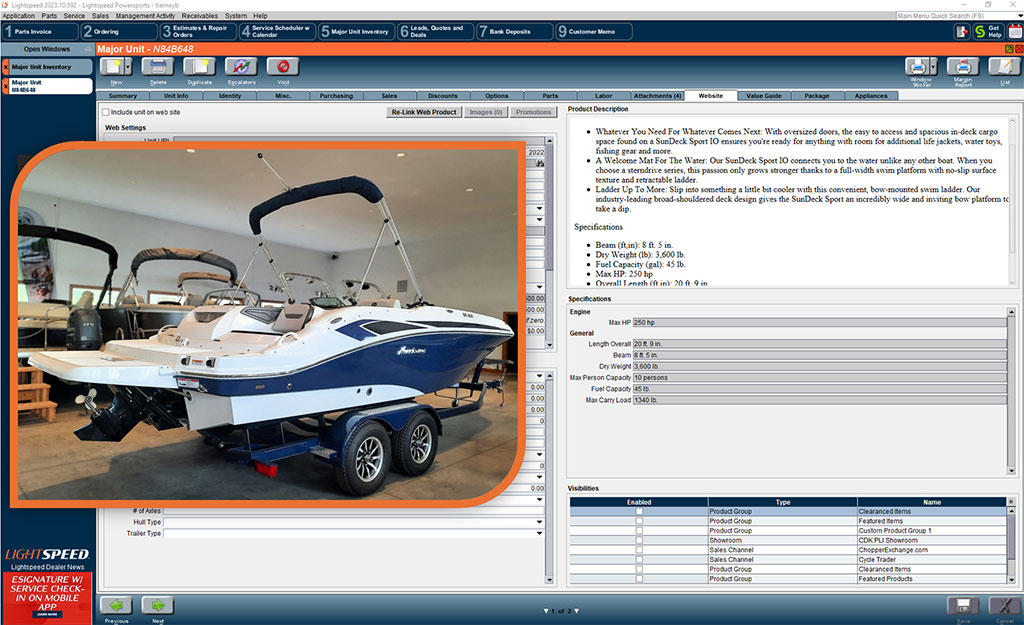
Brian Bodine has been in the industry for nearly 30 years, so he’s also seen his fair share of change and evolution. He shares some unique insights, not just on what’s better in the world of technology today but also what we can learn from the “old days.”
“Across the OEMs and the outdoor industry itself, there are so many advancements that make it safer and easier. On many boats today, you can press a button, and it virtually docks itself. That’s a big apprehension of people buying and using boats, so that adds peace of mind.
When it comes to safety, there have been big advancements in helmets and jackets, and just gear in general. In snow, the avalanche beacons are amazing these days, where it detects an avalanche and then blows up your jacket like an airbag to keep you at the top of the snow.
And there’s a lot of fun technology, too. You don’t buy a UTV or a boat now without a nice stereo and all that fun stuff.
On the DMS side of things, it’s night and day different from when I started back in the 90s:
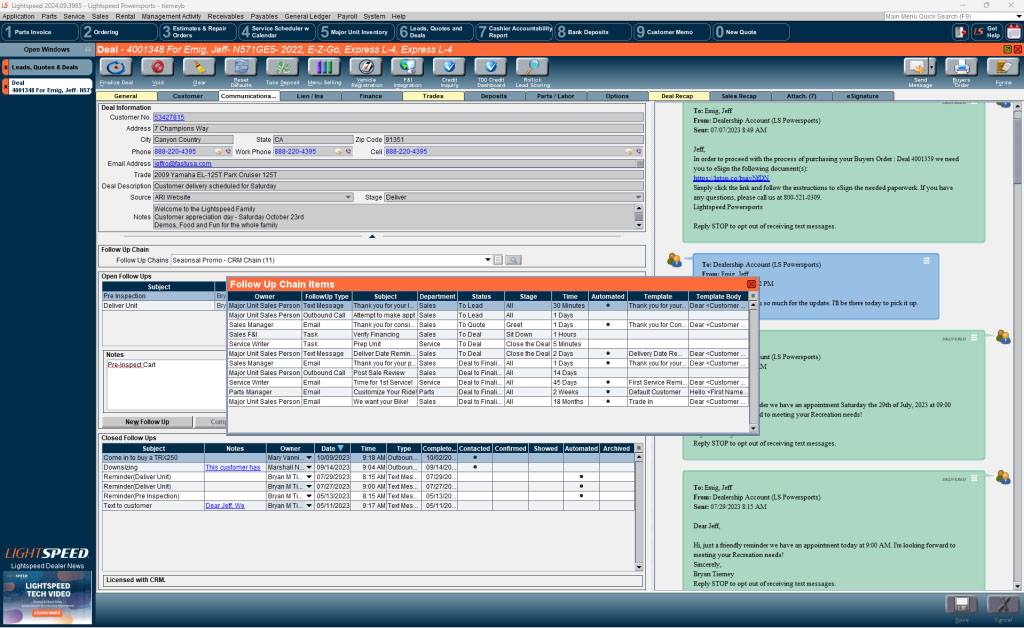
You can figure out how a customer wants to be contacted and meet them where they are with automated communication, like through email or text.
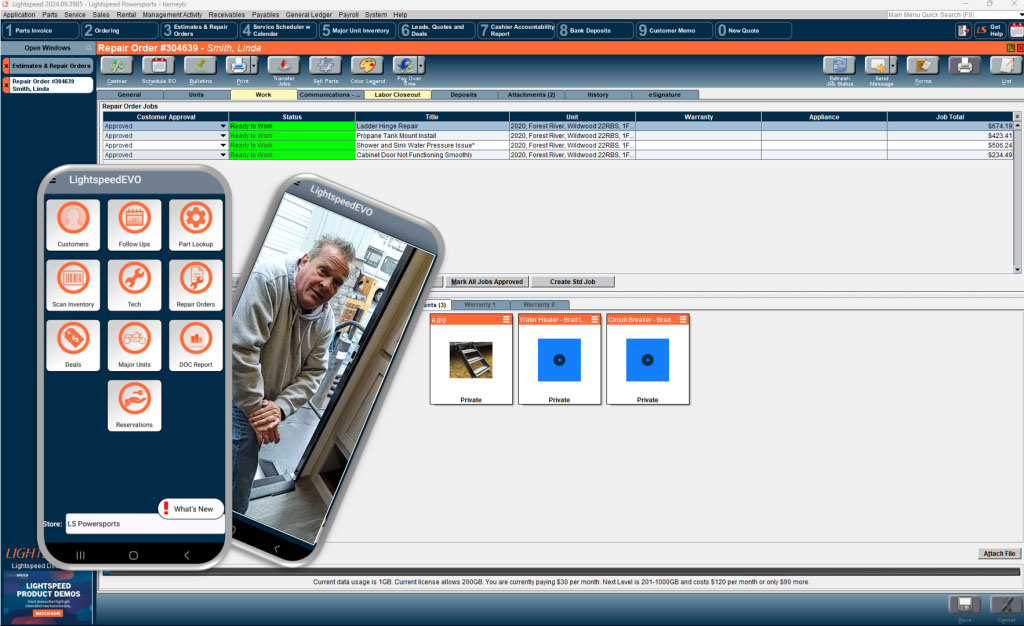
The service videos are a great visual way to show customers the service we recommend for the equipment.
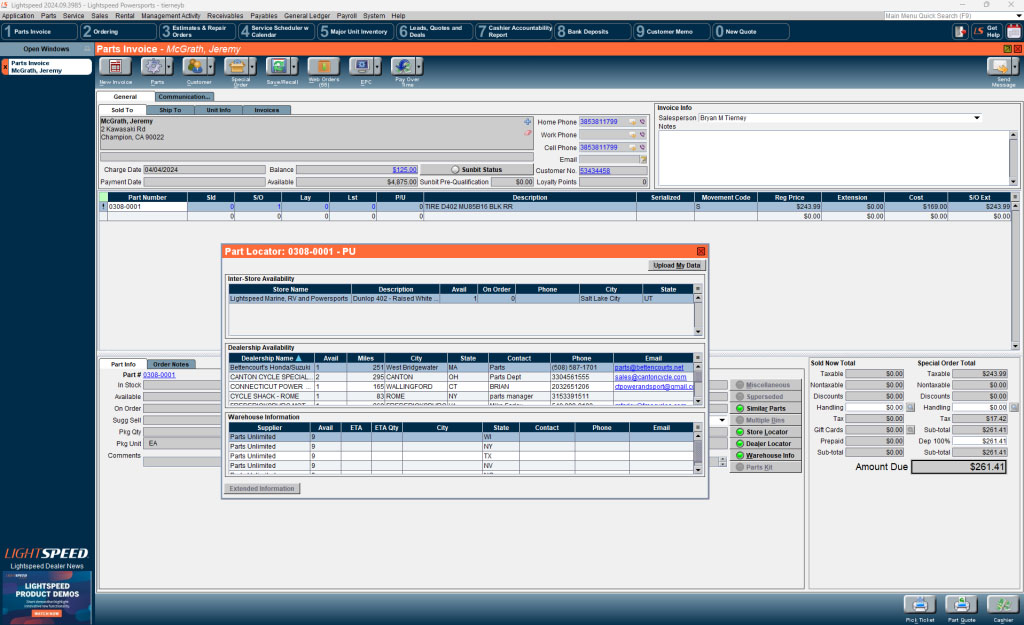
Now with one click of a button, you and locate a part or major unit in seconds. You can even see if most suppliers have it in their warehouse.
It’s all about making it more seamless for the dealers and customers, and technology has made huge leaps in that regard. I’m glad to see that dealers aren’t ‘afraid’ of the data anymore, and are more open to ways that Lightspeed can help them with their daily operations.
But what we can still hold onto from decades ago is the personal touch that a dealership can provide to a customer. When I’m at a trade show, I tell my reps, ‘Before that person walks away from you, I want you to look them in the eye, tell them thank you for the business, and shake their hand. I promise you, it will make a difference.’
And from the dealership side of things, it’s about standing out with a little extra effort. Anybody can receive a text saying, ‘Hey, thanks for your business. Please come back and see me.’ But what about making it a phone call? A personal thank you goes a long way. I think that’s what is setting a lot of businesses apart today because we all have the technology.
One more story stands out. I know of a dealership nearby where, when you buy a boat from them, as they get you set up with the paperwork, they pull the boat around front. When you come out of the office, they’ve gathered as many people from their team as possible to shake your hand, show appreciation, take a picture with you, and cheer you on as you drive off with your new boat.
It’s really about showing appreciation and showing that you care. That can make all the difference for a customer.”
For more information on Lightspeed, contact your local sales representative. And stay tuned for more installments of our “Then and Now” series with valuable insights from Hal and Brian.
